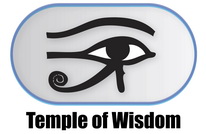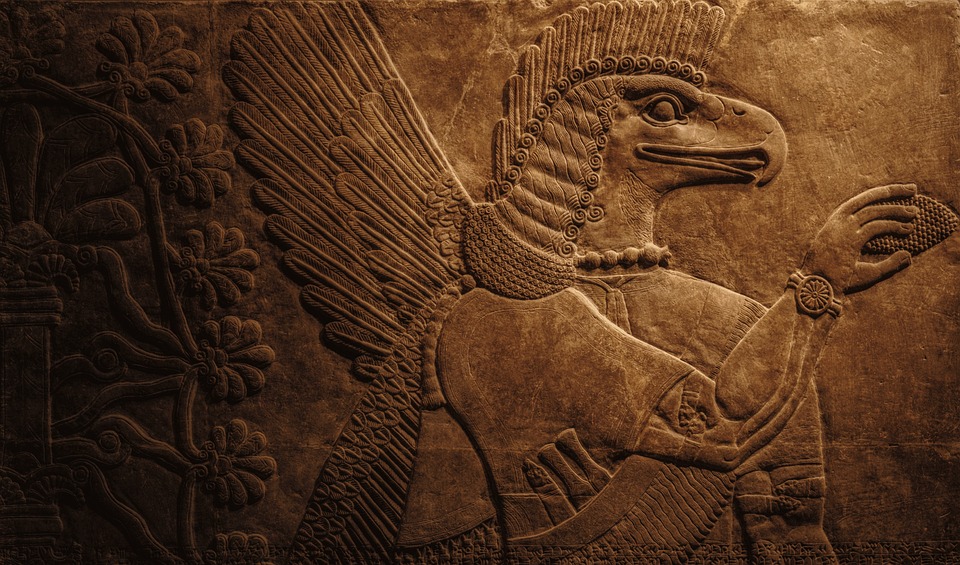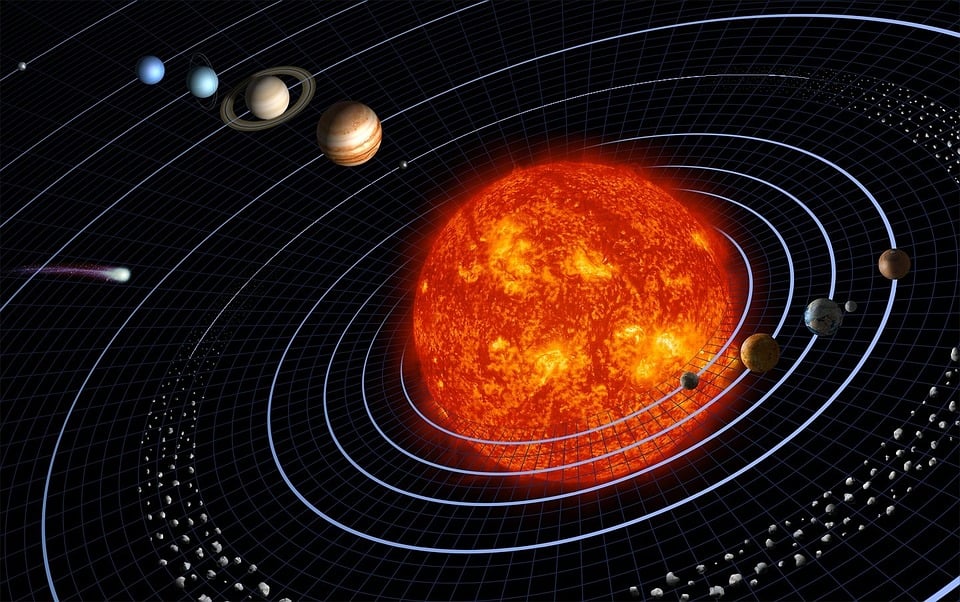
Quantum computing is a relatively new field that utilizes quantum mechanical phenomena to manipulate and process information. One of the key concepts of quantum computing is entanglement, which plays a crucial role in the processing of quantum information. Entanglement is a quantum mechanical property in which the state of two or more particles is correlated, even if they are separated by large distances. In this essay, we will explore the role of entanglement in quantum computing and how it enables the development of new algorithms and protocols that are not possible in classical computing.
Quantum computing relies on quantum bits, or qubits, as the fundamental unit of information. Qubits can be in a superposition of states, allowing quantum computers to perform multiple computations simultaneously. However, in order to fully exploit the power of quantum computing, it is necessary to harness the power of entanglement. Entanglement allows quantum computers to perform computations on an exponentially larger number of states than classical computers, leading to a dramatic increase in computational speed and power.
The basic idea behind quantum entanglement is that two or more particles can be in a state that cannot be described independently of one another. When two particles are entangled, their states are intertwined in a way that makes it impossible to describe the state of one particle without simultaneously describing the state of the other particle. This means that the measurement of one particle can instantaneously affect the state of the other particle, regardless of the distance between them. This non-local correlation between entangled particles is one of the most remarkable and counter-intuitive features of quantum mechanics.
In quantum computing, entanglement is used to create complex states of qubits that are necessary for certain quantum algorithms. For example, Shor’s algorithm, which is used for factoring large numbers, requires the creation of a highly entangled state. This entangled state is used to efficiently find the period of a function, which is the key step in factoring large numbers. Without entanglement, Shor’s algorithm would be impossible to implement on a quantum computer.
Another example of the role of entanglement in quantum computing is in quantum teleportation. In classical communication, it is impossible to transmit information faster than the speed of light. However, in quantum teleportation, it is possible to transmit the state of a qubit instantaneously over any distance. This is achieved by entangling two qubits and performing a measurement on one of the qubits. The measurement outcome is then communicated to the other qubit, which collapses into the state of the original qubit, thus “teleporting” the qubit. This process relies on the non-local correlation of entangled particles and is impossible to achieve with classical communication.
Entanglement also plays a crucial role in quantum error correction. In classical computing, errors can be corrected by redundancy. For example, if a bit is flipped, it can be corrected by checking multiple copies of the same bit. However, in quantum computing, the no-cloning theorem makes it impossible to create multiple identical copies of an unknown qubit. Instead, quantum error correction relies on entanglement to create redundancy. By creating an entangled state between multiple qubits, errors can be detected and corrected without destroying the original qubit.
Finally, entanglement is also used in quantum cryptography to achieve secure communication. In classical cryptography, secure communication relies on the computational difficulty of certain problems, such as factoring large numbers. However, in quantum cryptography, the security of communication relies on the laws of physics, specifically the properties of entangled particles. By using entangled particles to encode information, it is possible to detect any attempt to intercept or eavesdrop on the communication.
In conclusion, entanglement plays a crucial role in quantum computing by allowing quantum computers to perform computations on an exponentially larger number of states than classical computers, enabling the development of new algorithms and protocols that are not possible in classical computing. Entanglement is used to create complex states of qubits, allowing quantum computers to perform computations that are impossible with classical computers. Entanglement is also used in quantum error correction, quantum teleportation, and quantum cryptography. The ability to harness the power of entanglement is what makes quantum computing so powerful and holds promise for revolutionizing fields such as cryptography, chemistry, and machine learning.
One of the challenges in building a practical quantum computer is the issue of decoherence, which is the loss of coherence between qubits due to interactions with the environment. Decoherence can destroy the entanglement between qubits, making it impossible to perform quantum computations. To overcome this challenge, quantum error correction protocols are used to protect the entangled states from decoherence. The development of robust quantum error correction protocols is crucial for the realization of practical quantum computers.
Another challenge in quantum computing is the issue of scalability. While entanglement enables the development of powerful quantum algorithms, it is also a resource-intensive process. Creating and maintaining highly entangled states becomes exponentially harder as the number of qubits increases. This limits the size and complexity of quantum computations that can be performed with current quantum technologies. Overcoming this challenge will require the development of new techniques for generating and manipulating entangled states of qubits.
In conclusion, entanglement is a fundamental concept in quantum computing, enabling the development of powerful quantum algorithms and protocols. Entanglement allows quantum computers to perform computations on an exponentially larger number of states than classical computers, making it possible to solve problems that are impossible to solve with classical computers. The ability to harness the power of entanglement is what makes quantum computing so exciting and holds promise for revolutionizing fields such as cryptography, chemistry, and machine learning. However, challenges such as decoherence and scalability must be overcome for practical quantum computers to become a reality.







